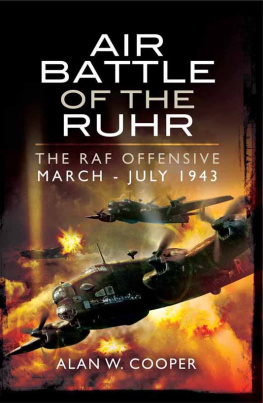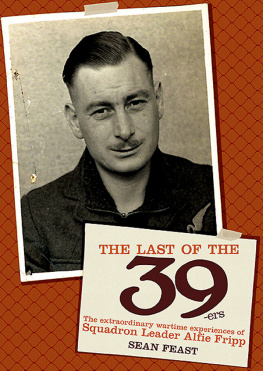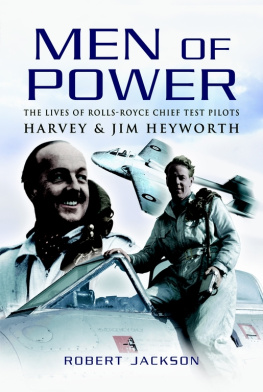
Published by
Grub Street Publishing
4 Rainham Close
London
SW11 6SS
Copyright 2008 Grub Street
Copyright Text 2008 Sean Feast
British Library Cataloguing in Publication Data
Feast, Sean
Master bombers : the experiences of a Pathfinder squadron at war, 1944-1945
1. Great Britain. Royal Air Force. Bomber Command. Group, No. 8
2. World War, 1939-1945 Aerial operations, British
3. World War, 1939-1945 Regimental histories Great Britain
I. Title
940.544941
ISBN-13: 9781906502010
ISBN 9781909166981 (epub)
ISBN 9781909166981 (prc)
All rights reserved. No part of this publication may be reproduced, stored in a retrieval system, or transmitted in any form or by any means, electronic, mechanical, photocopying, recording, or otherwise, without the prior permission of the copyright owner.
Cover design by Lizzie B design
Formatted by Pearl Graphics, Hemel Hempstead
Printed and bound by MPG Ltd, Bodmin, Cornwall
Grub Street only uses
FSC (Forest Stewardship Council) paper for its books.
Contents
Foreword
I am honoured to write the foreword to Master Bombers, a comprehensive review of 582 Squadron's activities during the Second World War. This book covers not only the work of the aircrew, but also of supporting staff and WAAF personnel.
When I received my wings and commission at Cranwell, I was rated an above average pilot and was sent to Central Flying School to train as a flying instructor. After a time I was posted to Bomber Command, joining 149 Squadron to fly Stirlings where I met my crew. Our longest flight, I remember, was nine hours and twenty-five minutes, to Stettin on the Baltic coast. We completed our first tour and then separated to our different occupations.'
When I was posted to 7 Squadron, Oakington, at the start of my second tour in November 1943 my crew joined me again, with the exception of the navigator who was replaced by an Australian, Gordon Goodwin, who after the war became head of navigation for Qantas. My abiding memory of this time is of the station commander and squadron commander standing by the caravan at take-off point and saluting each aircraft as it rolled forward.
My tour with 7 Squadron ended in March 1944, by which time I had flown to Berlin on no fewer than ten occasions, and had been promoted flight commander. I was then asked to take my Flight as the nucleus for a new unit, 582 Squadron, then being formed at Little Staughton in Bedfordshire as part of Pathfinder force.
The operations of the Pathfinders involved a variety of highly specialist (and often highly dangerous) tasks including route-marking and target-marking which were vital to the success of the main force bombing. During my time on 582 Squadron we were heavily involved in the invasion operations, attacking railway marshalling yards, airfields, coastal gun batteries and buzz-bomb (V1) assembly sites that could have caused serious damage to our invasion forces.
The story of 582 Squadron has never before been told, and the combination of extensive research and personal interviews with those of us who were there at the time makes Master Bombers a most informative and lively read.
Wing Commander Philip Patrick MBE, DFC
Officer IC training, 582 Squadron PFF
Introduction
This is the story of a group of men and women described by the commander-in-chief of Bomber Command, Arthur Harris, as the corps d'lite, and for very good reason. The Pathfinders, quite literally, led the way in virtually every major bomber operation for the last three years of the war. It was they who took the greatest risks, and often took the greatest casualties.
Pathfinders were a mixed bag of talent, but whether they were career-minded, pre-war regulars or unashamed enthusiastic amateurs in for the duration, all shared a common desire: to be the best. And they were the best. Master bombers in every sense. But whilst much has been written about such famous squadrons as 617, the Dambusters (and understandably so) it seems that the countless heroic deeds of the Pathfinders have failed to ignite the public's imagination in the same way.
This first struck me whilst researching my previous book Heroic Endeavour (Grub Street, 2006). Here was the story of a raid by a handful of Pathfinders in broad daylight on a vital target against incredible odds, in which they took a large number of casualties and in which the leader Bob Palmer won the Victoria Cross for a supreme act of gallantry for which he lost his life.
The parallel between the Pathfinders and the Dambusters and between Palmer and Guy Gibson specifically is remarkable, albeit that Palmer was killed in winning his VC, and did not have a dog with an unfortunate name! And yet whilst there have been four books on the life of Gibson alone, and countless others about the Dambusters per se, stories about the Pathfinders are still (relatively) thin on the ground.
Master Bombers focuses on the men and women of one particular squadron 582 but it is not a squadron history as such. It is rather a book full of personal experiences and reminiscences from those who were there at the time, and therefore those that count. Their memories are placed in the context of the squadron's operational life, to give greater continuity to the story, and hopefully a better understanding of their contribution.
What is important to stress, however, is that their stories are no different from any other Pathfinder squadron aircrew serving in Pathfinder force at that time. They are not claiming to be an elite within an elite, but rather representative of what the whole PFF stood for and achieved.
Whilst most of those featured in the book are aircrew, this should not be taken as failing to acknowledge or appreciate the vital efforts played by their colleagues who packed the parachutes, serviced the aircraft or cooked the teas. Unfortunately the passage of time hampered my attempts to find sufficient numbers of those men and women who also served.
Stafford Coulson, the squadron's last wartime commanding officer, told me that he had always been concerned that no one had ever really understood how difficult a job it was to be a Pathfinder. He believed that their real contribution to the war effort had never been fully realised. He also thought that the contribution of the groundcrews was too rarely mentioned. At reunions, he asked veterans not to wear any medals, out of respect to their colleagues who helped keep them in the air, and for those whose gallant deeds had otherwise gone unrewarded. Sadly Stafford died during the preparation of this book, but it is to his memory, and to the memory of all those Pathfinder aircrew and ground crew that died during the war and since, that this book is dedicated.
Sean Feast
Sarratt
Chapter One
A Squadron is Born
April 1944
The Royal Air Force seemed to like April Fools Day. It was, after all, the date chosen for the birth of the RAF in 1918 when it emerged from the shadows of the Royal Flying Corps, and it was the date also, in 1944, that it chose to announce a new squadron, No. 582, to join the illustrious ranks of the Pathfinders.
The Pathfinders were the corps d'lite of Bomber Command, the command that had been leading the fight-back against Germany ever since the fall of France in 1940, and even before. For four long years, Bomber Command, led from February 1942 by the bullish Air Chief Marshal Sir Arthur Harris, had been waging war with Hitler's armies and civilian populations in the hope of bombing them into submission. And with some effect. Cities had been pounded, and the mighty manufacturing facilities of the Ruhr Valley responsible for churning out the thousands of tanks, guns and munitions on which a German victory depended had been severely disrupted. Bomber Command had been honed into a splendid fighting machine, a far cry from the first heroic but sadly pathetic attempts of the early bomber boys to scare their enemies into submission by dropping leaflets rather than bombs.
Next page
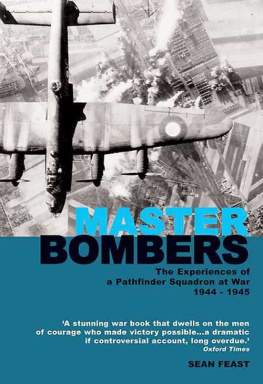
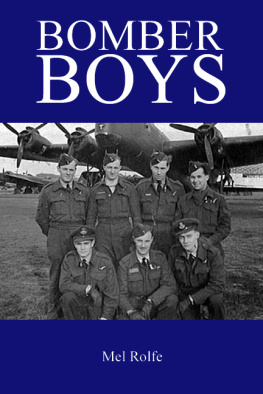

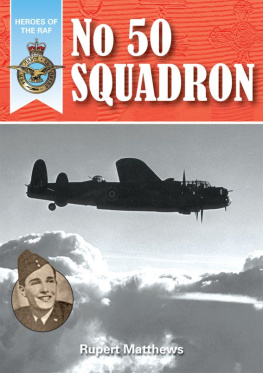
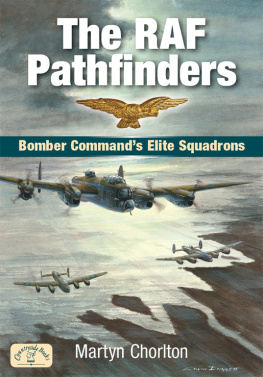
![Bar Wing Commander Guy P. Gibson VC DSO - Enemy Coast Ahead [Illustrated Edition]](/uploads/posts/book/180257/thumbs/bar-wing-commander-guy-p-gibson-vc-dso-enemy.jpg)
